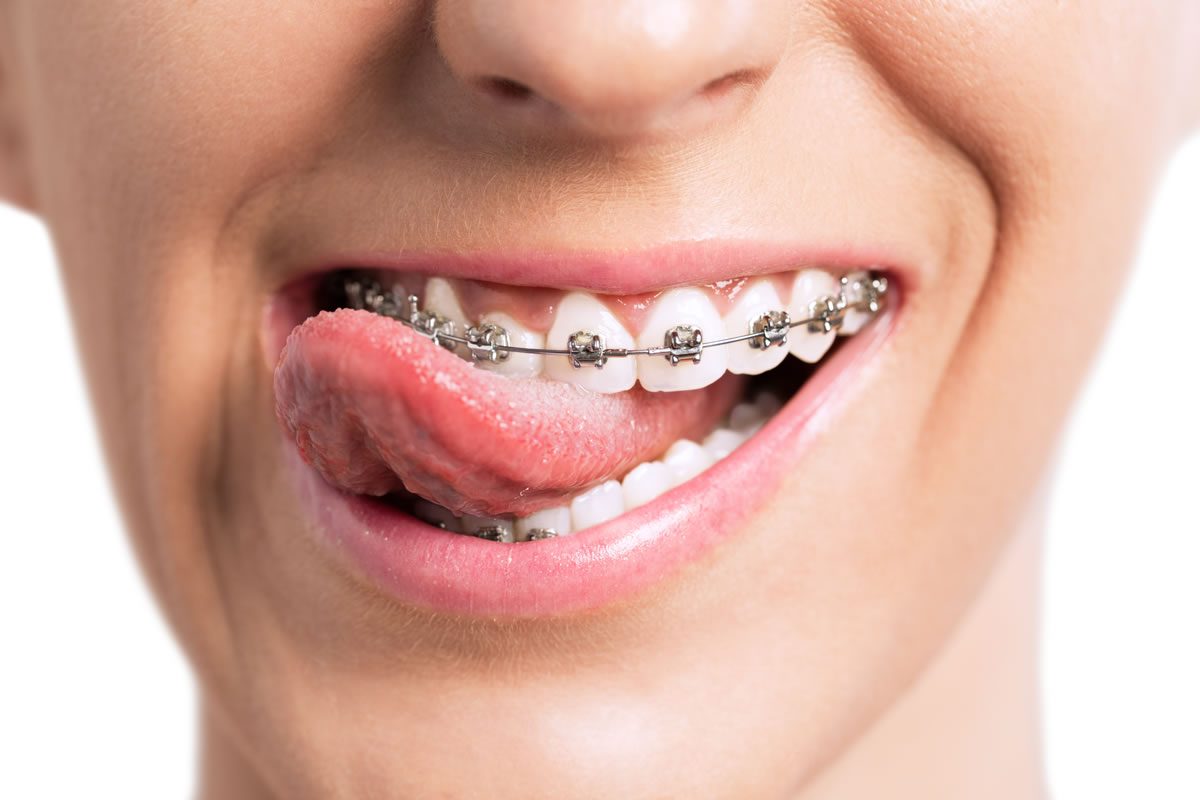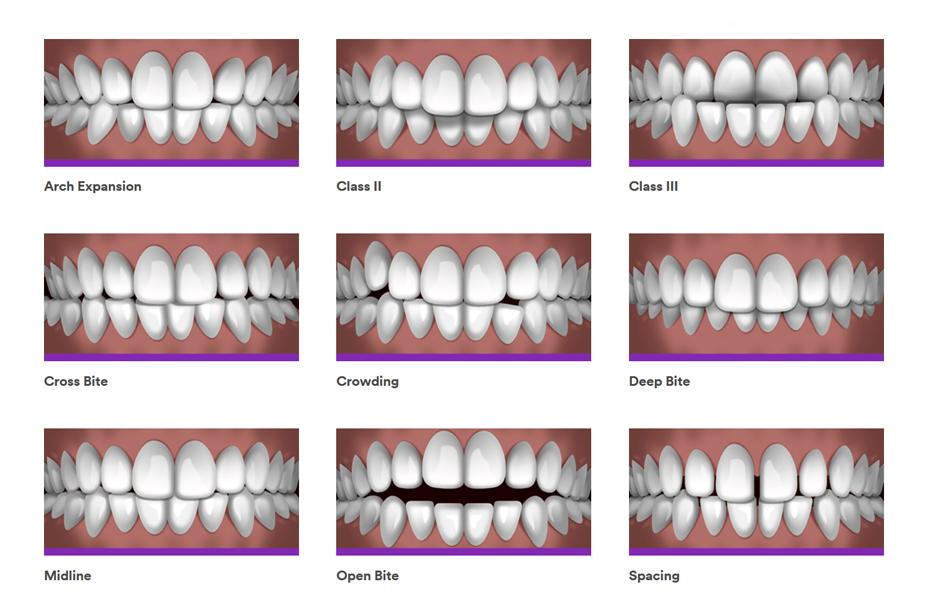The Ultimate Guide To Causey Orthodontics
Table of ContentsThe Basic Principles Of Causey Orthodontics About Causey OrthodonticsThe smart Trick of Causey Orthodontics That Nobody is DiscussingThe 8-Second Trick For Causey OrthodonticsCausey Orthodontics Things To Know Before You Get This
Ignoring occlusal partnerships, it was normal to remove teeth for a selection of oral problems, such as malalignment or congestion. The idea of an intact teeth was not commonly valued in those days, making bite connections seem unnecessary. In the late 1800s, the idea of occlusion was vital for creating reliable prosthetic substitute teeth.As these concepts of prosthetic occlusion proceeded, it ended up being an indispensable tool for dental care. It was in 1890 that the job and impact of Dr. Edwards H. Angle began to be really felt, with his payment to modern-day orthodontics specifically noteworthy. Concentrated on prosthodontics, he taught in Pennsylvania and Minnesota prior to directing his interest in the direction of dental occlusion and the treatments needed to keep it as a normal problem, therefore coming to be understood as the "daddy of modern orthodontics".

The idea of excellent occlusion, as postulated by Angle and incorporated into a classification system, enabled a change towards dealing with malocclusion, which is any kind of inconsistency from typical occlusion. Having a full collection of teeth on both arcs was highly searched for in orthodontic therapy because of the need for specific partnerships in between them.
The Best Guide To Causey Orthodontics
As occlusion became the vital top priority, facial percentages and appearances were ignored - Causey Orthodontics. To attain perfect occlusals without making use of external forces, Angle proposed that having perfect occlusion was the most effective method to obtain optimum face aesthetics. With the passing away of time, it ended up being fairly obvious that even an outstanding occlusion was not appropriate when considered from an aesthetic perspective
It ended up being evident that orthodontic treatment can readjust mandibular growth, resulting in the formation of functional jaw orthopedics in Europe and extraoral pressure procedures in the United States. Nowadays, both useful devices and extraoral tools are used around the globe with the objective of amending growth patterns and types. As a result, going after real, or at the very least enhanced, jaw partnerships had actually come to be the major purpose of therapy by the mid-20th century.
The 25-Second Trick For Causey Orthodontics
 Until the mid-1970s, braces were made by wrapping steel around each tooth. https://answers.informer.com/user/causeyortho7., it became possible to rather bond metal brackets to the teeth.
Until the mid-1970s, braces were made by wrapping steel around each tooth. https://answers.informer.com/user/causeyortho7., it became possible to rather bond metal brackets to the teeth.This has actually had purposeful impacts on orthodontic treatments that are provided consistently, and these are: 1. Appropriate interarchal connections 2. Proper crown angulation (suggestion) 3.
The benefit of the design lies in its bracket and archwire mix, which calls for only minimal cord flexing from the orthodontist or medical professional (Causey Orthodontics). It's aptly called after this attribute: the angle of the port and density of the brace base inevitably determine where each tooth is located with little need for extra manipulation
Indicators on Causey Orthodontics You Need To Know
Both of these systems employed the same brackets for each and every tooth and required the bending of an archwire in three aircrafts for finding teeth in their desired placements, with these bends determining supreme positionings. When it concerns orthodontic appliances, they are split into 2 types: detachable and repaired. Removable devices can be handled and off by the patient as called for.

Hence, nearly all modern-day fixed appliances can be taken into consideration variants on this edgewise appliance system. Early 20th-century orthodontist Edward Angle made a significant contribution to the world of dental care. He produced 4 distinctive home appliance systems that have been made use of as the basis for numerous orthodontic therapies today, disallowing a few exemptions.
Little Known Facts About Causey Orthodontics.

The cable ended in a thread, and to move it onward, a flexible nut was made use of, which enabled a boost in circumference. By ligation, each private tooth was affixed to this expansive archwire (affordable orthodontist near me). As a result of its restricted series of activity, Angle was incapable to attain exact tooth placing with an E-arch
These tubes held a firm pin, which might be repositioned at each consultation in order to relocate them in place. Dubbed the "bone-growing device", this device was theorized to urge healthier bone development as a result of its capacity for transferring force directly to the roots. Executing it verified problematic in fact.
Comments on “4 Simple Techniques For Causey Orthodontics”